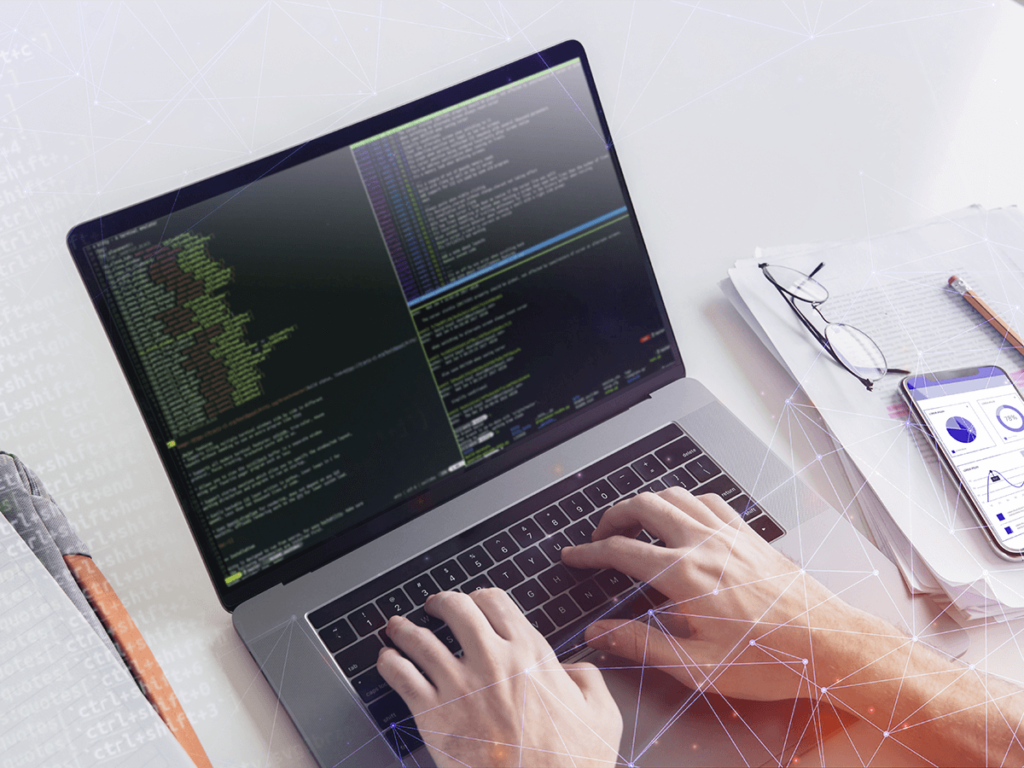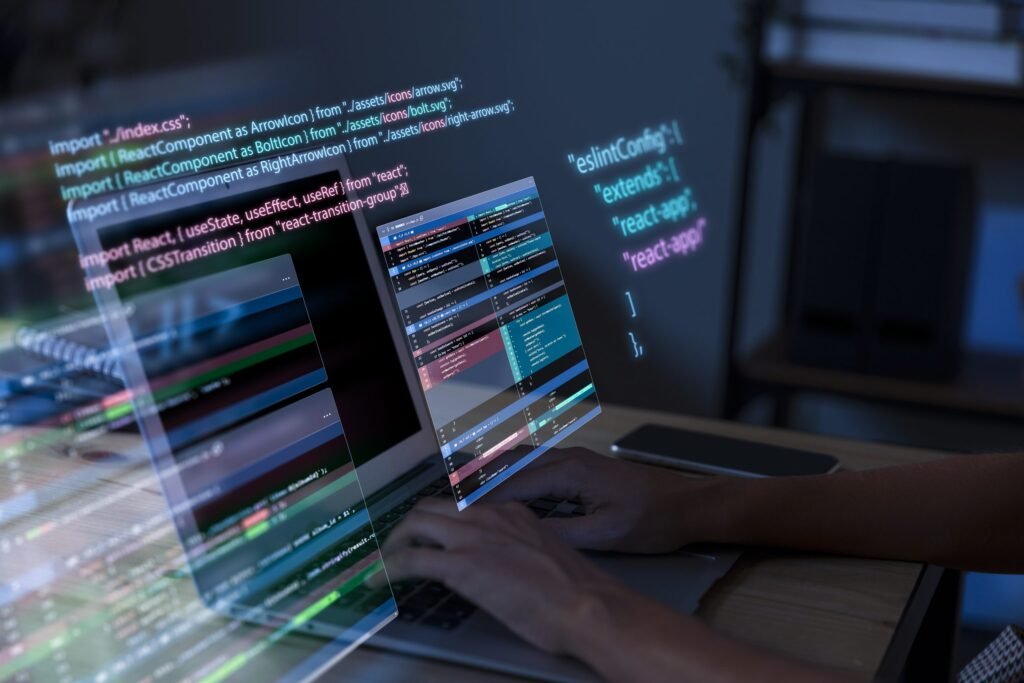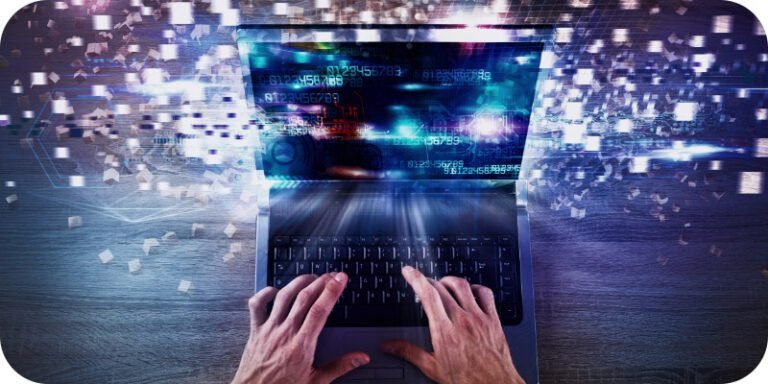In October 2025, the software development landscape is witnessing a transformative wave—and at its heart lies the deepening convergence between artificial intelligence and engineering. From Microsoft’s bold strides in agent frameworks to powerful releases by AI model makers, new regulatory currents and emergent security threats are also shifting how tech firms build, deploy, and govern software. Here’s a breakdown of the most consequential developments and what they mean—especially for developers and organisations in Nigeria and across Africa.
Table of Contents

Microsoft’s Agent Framework: Architects of Autonomous Code
In a significant move, Microsoft has unveiled the preview edition of its Agent Framework—an open-source toolkit designed to help developers design, build, and coordinate AI agents across .NET and Python environments. What makes this framework stand out is its graph-based architecture: developers can link individual agents into workflows, allowing complex processes to emerge from more modular parts.
This release is being positioned as the heir to Microsoft’s earlier experiments like Semantic Kernel. The goals are high: reduce friction when embedding AI into mainstream applications, support multi-agent decision making, and democratise access to intelligent automation. The framework’s open-source nature also invites community collaboration, making it possible that valuable enhancements and extensions may come from outside Microsoft itself.
For software teams—especially smaller ones or startups—the implications are enormous. Instead of building from scratch, developers can now harness pre-built agent structures, link them intelligently, and expedite time to market. But the promise doesn’t come without caveats: combining multiple agents requires careful orchestration, error handling, state management, and strong security boundaries to avoid drift, miscommunication, or leakage of sensitive data.
Claude Sonnet 4.5: Setting a New Benchmark for Coding AI
If Microsoft is laying the plumbing for modular AI, Anthropic is flexing with a new powerhouse model. Claude Sonnet 4.5 has quickly grabbed attention in the developer and AI communities, especially after its reported score of 77.2% on the SWE-bench (a benchmark suite focused on software engineering).
What’s driving excitement is that Sonnet 4.5 is not just about code generation—it also excels in debugging, summarising intent, proposing refactorings, and even coordinating with other agents. It offers a more holistic AI companion to development teams. As the arms race in coding models accelerates, Sonnet 4.5 is emerging as a strong contender to lead innovation in how we build software.
Consider the scenario: a Nigerian fintech startup wants to build a prototype for risk scoring. Instead of writing every module by hand, a dev team might prompt Sonnet 4.5 to lay down the skeleton, generate validation routines, flag edge cases, and interoperate with agent controllers via Microsoft’s new framework. That synergy could shrink development cycles dramatically. Still, output quality, security, and ethical alignment must be validated—models are prone to hallucinations and bias, particularly in critical domains like finance or healthcare.
When Innovation Meets Oversight: Regulation & Security
As AI tools encroach deeper into software development, the question of oversight becomes unavoidable. In California, lawmakers recently passed SB 53, a statute focused on AI safety—mandating that AI systems satisfy certain transparency and accountability criteria. Reportedly, the architects of SB 53 intend for it to act as a measured guardrail, not as regulatory drag on U.S. competitiveness.
What does this mean for global developers? Even if you’re coding in Abuja or Lagos, your clients or partners in jurisdictions like California or the EU may insist on compliance. That raises the bar for documentation, logging, auditing, model explainability, and governance policies. Software teams will need to bake compliance into pipelines—not as an afterthought.
Meanwhile, security incidents continue to expose blind spots. One alarming case involved a suspected threat to TikTok’s headquarters, leading to an evacuation. Though not directly software-development-related, this incident underscores a reality: any tech stack is only as strong as its weakest security link. Developers now need to embed threat detection, sanitisation, intrusion monitoring, and secure defaults even in early builds.
Even cultural or superficial events (such as controversies in decentralised communities like Bluesky) surface important lessons: moderation, trust, and user behaviour—all need technical guardrails built into the system design.

What Nigeria—and Africa—Should Watch and Do
All these global moves are not distant stories—they are signals for Nigeria’s tech ecosystem on where to pivot. Here are key implications and action points:
1. Skill Up for AI-Native Engineering
Teams must go beyond conventional coding languages. Understanding prompt engineering, agent chaining, bias mitigation, interpretability, and model orchestration is becoming core. As AI agents take over boilerplate tasks, human ingenuity must focus more sharply on architecture, integration, and user value.
2. Build Locally, Integrate Globally
Leverage these frameworks and models to bootstrap local products—fintech, health tech, agritech, govtech—and export to markets abroad. Use Microsoft’s Agent Framework or Claude Sonnet 4.5 as accelerators. But always embed compliance hooks, logging, and governance to satisfy partners in regulated markets.
3. Prioritise Responsible AI
As Nigeria considers data and AI legislation in the coming years, developers should self-adopt best practices: data minimisation, fairness audits, human-in-the-loop oversight, and safety guards against misuse. The early adopters of responsible AI frameworks will earn trust domestically and internationally.
4. Security as Foundation, Not Afterthought
Don’t wait for regulation or security breaches to push you to harden your apps. Start with secure defaults, threat modeling, encrypted channels, and anomaly detection. When your app embeds AI agents, the attack surface multiplies; you must design with defensive depth from Day 1.
Looking Forward: An AI-First Era for Software
What’s unfolding now is more than a collection of neat tools—it’s a paradigm shift in how software is conceived, built, and maintained. The fusion of agent frameworks and powerful coding models points toward a future where AI is a full collaborator, not just an assistant.
- Developers may soon focus more on system orchestration, validation, and domain logic, trusting AI agents with scaffolding, repetitive modules, and adaptation.
- Projects that once took months could compress into weeks or days.
- Smaller teams can compete with larger ones by leveraging these accelerators, levelling the innovation playing field.
- But on the flip side, dependency on opaque models creates new risks—bias, accountability, model drift, adversarial manipulation—that must be managed actively.
For Nigeria’s software community, the message is clear: be ready, be vigilant, and be proactive. Embrace these AI tools, adapt your practices, and shape them to solve real local problems. If we act wisely, we won’t just ride the AI revolution in software—we can lead parts of it.

Conclusion
The developments of October 2025 mark a turning point. Microsoft’s agent architecture, Anthropic’s model leap, emerging regulation, and continuing security challenges form a tapestry of disruption. For those willing to engage fully, now is the time to build new norms, not just follow them.
Join Our Social Media Channels:
WhatsApp: NaijaEyes
Facebook: NaijaEyes
Twitter: NaijaEyes
Instagram: NaijaEyes
TikTok: NaijaEyes





